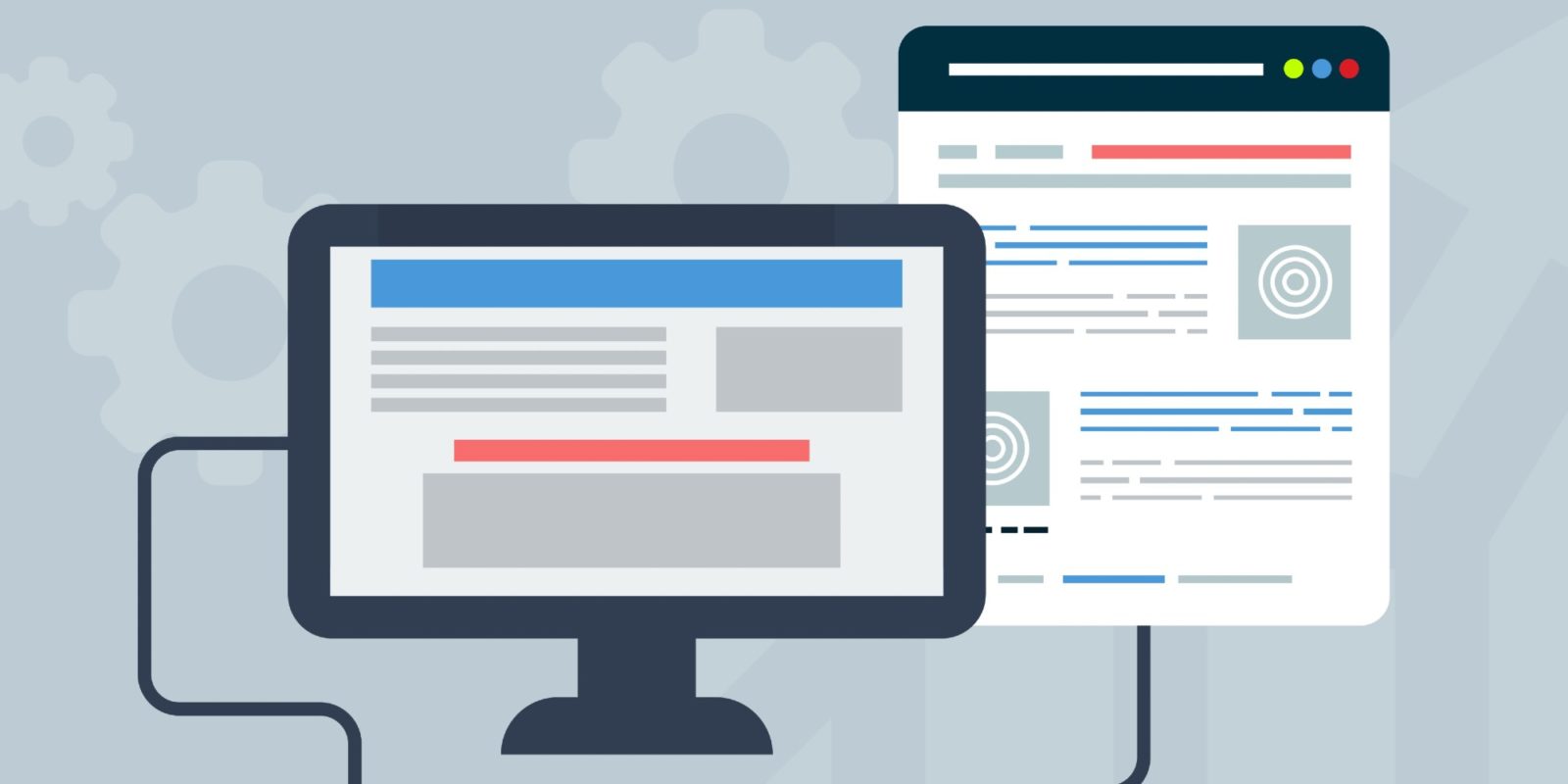To all you CEOs, entrepreneurs, marketers, web developers, and designers out there (and, really, anyone who has a hand in business):
You need to pay attention to mobile. Why? Chew on this:
- Mobile devices will account for 79% of all internet use in 2018 globally. (eMarketer)
- 48% of consumers start mobile research with a search engine—but 33% go directly to the site they want. (Smart Insights)
- Social media platforms constantly innovate ways to make the purchasing process more mobile-friendly for consumers.
The concept of mobile optimization isn’t new. According to Source Retail Systems Research, 52% of retailers still do not optimize digital content for the device consumers choose to shop on.
How Many People Use Mobile and For What?
If you were to ask Google, “How many people own a smartphone,” Google would say somewhere around 2.5 billion people will have a smartphone by 2019. That’s a hefty amount of people!
But let’s break things down a bit. Out of the 2.5 billion mobile users in the world, how are consumers actually using smartphones?
- Discovery
- Research/product comparison
- Making a purchase
In other words, people are using phones to look for, to compare, and to buy! Think about all the times you used your phone. Instead of logging onto a desktop to mindlessly search the web, you used your phone, right? With that said, it’s crucial for a business to adapt to consumer behavior. Use those three opportunities to get in front of your audience.
Make Your Business More Sustainable with Mobile
Hopefully, you’re beginning to understand why mobile optimization gets constantly thrown around. Let’s dive in to see how you can improve your mobile optimization strategies and differentiate your business from the 52% of those who are being left behind.
Tip 1: Become tolerant of human capability
Six out of ten people in the developed world have glasses, contacts, or have had corrective eye surgery. So, be mindful of smaller screens. Getting into this mindset is trickier than it seems. Usually done on a nice, big desktop screen, it’s easy to get lost in the story or formulating the perfect message.
To combat this, Carney’s head of design recommends being merciless in sticking to a page’s primary purpose:
“It’s tempting to try to make everyone happy. Honestly, as designers, we can fall victim to the very same thinking that everything is important. But when you try to make everything stand out, in the end, nothing stands out.
Plus you’ll be tempted to push font sizes and button sizes smaller and smaller to cram everything in. Soon the page looks like a boy scout’s sleeve, every square inch covered with a badge of some sort.”
Here’s what you should keep in mind:
- Make some tough decisions early on in the wireframing process.
- Identify your primary call to action and stick to that purpose.
- Start as simple and clear as possible. Yes, you may have to work in a couple of other lower priority CTAs later, but that’s only more reason to start simple. If the interface starts out cluttered, it will only get worse over time.
Tip 2: Just a pinch too small
Are your viewers zooming in or out just to hit the right button? It’s easy to want to include a button or call out for every scenario, but then you’re left with poor user experience. And, no one wants a high bounce rate.
Carney’s team of website developers offer a few points to keep in mind.
- Buttons should be at least 40px in height—large enough for people to tap them comfortably.
- Make sure you’re using an appropriate viewport meta tag, but don’t prevent users from zooming if they need to. Here’s a good starting point:
<meta name=”viewport” content=”width=device-width, initial-scale=1.0″>
Helpful visualizations for tips 1 & 2: Imagine writing content that must fit on a deck of cards or a box of spaghetti.
Tip 3: Eight Second Attention Spans
Human attention span continues to take a serious hit because of our changing digital world. A study by NeuroTracker reveals the average human attention span fell from twelve seconds in 2000 to eight seconds in 2017. By the way, goldfish have attention spans of nine seconds. Let that sink in a little.
To keep your audience’s attention, your website needs to be written in a style that catches, and holds, their attention.
Here are some tips from our lead writer of The Daily Carnage
- Keep the tone as free-flowing, relaxed, and human as possible.
- When it’s appropriate, don’t be afraid to loosen up the language.
- Formatting! Break up your copy in a way so that readers aren’t reading a giant body of text.
Tip 4: “If you ain’t first, you’re last”
Attention span also relates to web speed. If your landing page takes longer than 3 seconds to load then you’ve lost your viewer. To optimize for speed, our developers have a few recommendations:
- Keep it simple—limit the number of images and interactive elements you use.
- To do this, make sure images are appropriately sized, and use responsive images when possible.
- Compress your images, either manually using a tool like compressor.io, or with a plugin like Smush.
- Limit the number of tracking scripts you use. It’s tempting to want to track every user interaction, but going overboard can make the page feel slow or unresponsive.
- Bundle (combine) and minify (compress) CSS and javascript assets when possible. Why?
- Bundling everything into a single .css and a single .js file reduces the number of requests to the server.
- Minifying reduces the download size.
- If you’re using a framework like Bootstrap, be sure to only include the CSS and javascript for the components you’re using.
Tip 5: The beast called social media
Facebook simplified the connection between a brand’s products and its fanbase. Introducing the Product Catalog feature! Facebook constantly updates this feature and its supported advertising. Why does this matter? Your products are getting in front of target consumers on the number one most used mobile app during each stage of the buying process.
Anyone can run Facebook ads. But, for a marketer, digital ads become our mad science experiment. Complexity comes into play from Facebook’s dynamic advertising. And, when it’s done right, the results are much tastier than a dull single image ad.
Carney’s Chief Marketing Officer suggests,
“A Facebook campaign is not complete without a solid re-marketing strategy. Leveraging the ability to serve up specific product ads to those that have viewed your product or added to their cart is key to increasing conversations and sales.
Don’t forget to upsell and cross-sell to those that have made a purchase. Get the full value of the data you obtain throughout a campaign.”
Plus, Instagram just got even more business savvy. What’s cooler than sitting poolside with a cherry popsicle on a summer afternoon? Instagram’s shoppable tags, that’s what.
Not on the Instagram shoppable tags bandwagon yet? Learn how to set up shoppable posts on Instagram.
Takeaways
- Get in front of your customers at the discovery stage all the way through to the buying stage by optimizing with mobile.
- Create a mobile optimization strategy that meets business goals. It’s time to boost that bottom line.
- Keep your audience in mind! Step back and put your consumer’s shoes on. Are you happy with the way your website performs or the way your content reads?
- Have multiple products in your inventory? Discover which social media outlet can best help your advertising efforts.
Like what you heard from our team? Let us help you scale your business by assisting with mobile efforts.





